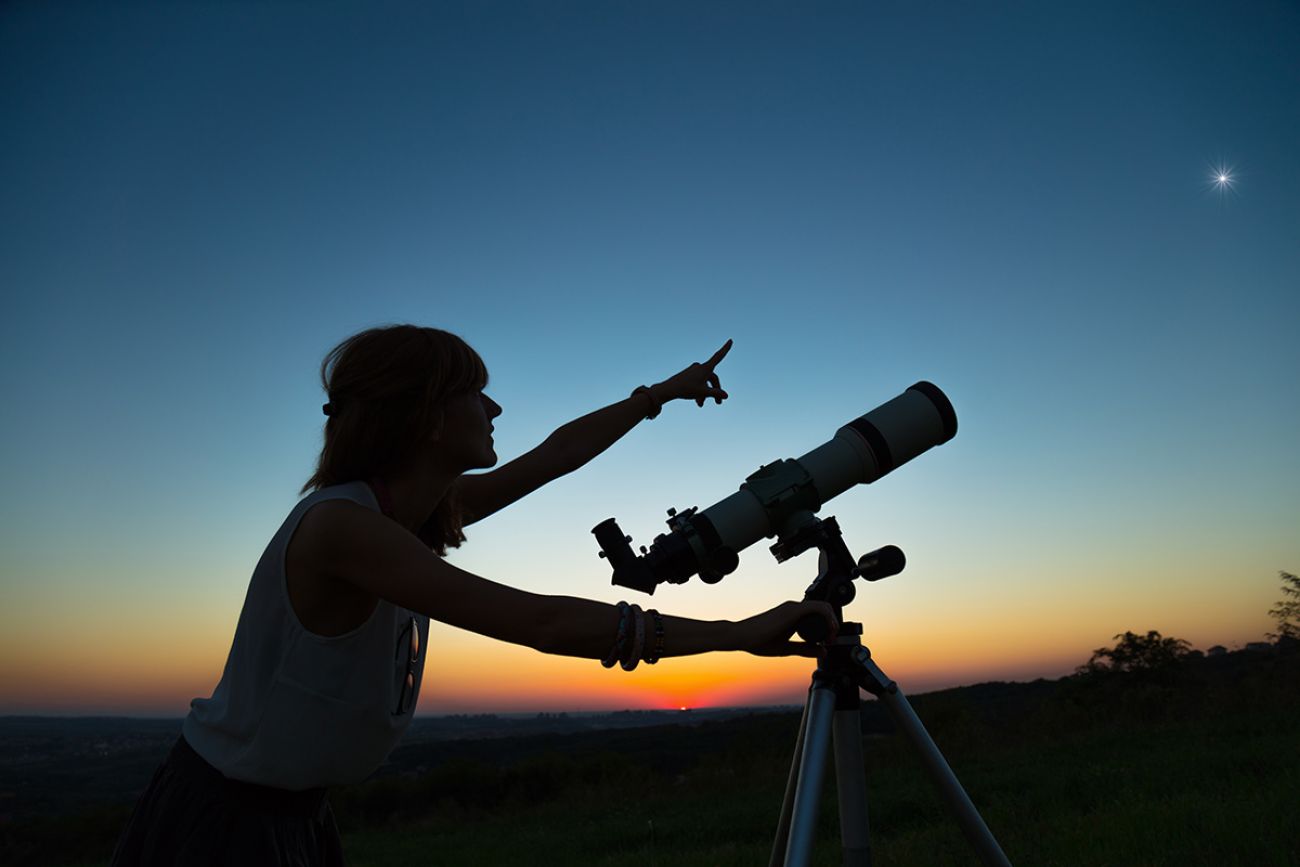It’s not too late: Nishimura comet will still be visible this week in Michigan

- The Nishimura comet will be visible for the first time in 430 years
- The comet will be visible until Sunday, when it will be closest to the sun
- Best bet for catching a glimpse is at twilight with binoculars
Don’t worry if you’ve missed the rare comet Nishimura on Tuesday morning. It will be visible all week.
The comet, which orbits the sun about every 430 years, is closest to Earth, about 128 million kilometers, this week. The comet will be at its brightest on Sunday, when it gets to within 34 million kilometers of the sun.
The best chances of spotting it with a naked eye was Tuesday before sunrise, but the comet will be visible throughout the week with binoculars or a telescope.
Related:
- Chicago suburbs, running out of water, will tap Lake Michigan
- It’s peak yellowjacket season in Michigan, and they’re as mean as ever
- The life of Peanut: Inside the story of the world’s oldest living chicken
Comets “are relics of the first of our planets,” said Edwin Bergin, astronomy professor at the University of Michigan. “They tell us something about conditions that existed before the Earth was born.”
The last time Nishimura orbited the sun was around 1590, about 20 years before Galileo invented the telescope.
The comet was first discovered by a Japanese astronomer, Hideo Nishimura, on Aug. 11, and named in his honor, according to NASA.
As the comet makes its way through the solar system and approaches the sun, it will be get brighter. There is a possibility that it will get too close to the sun, causing it to break up, but Bergin suspects that it will survive.
If the comet, which is made of dirt and ice, gets too close to the sun, it will turn into a gas, explained Shannon Murphy, outreach coordinator for the astronomy department at the University of Michigan.
Some of the dust will fall into the sun and melt but the rest of it will remain in the comet's orbit, which is how meteor showers start. It will only be visible if Earth passes through that trail of dust.
How to catch it
By now, the best way to catch the comet is with a compass, a good pair of binoculars or a telescope, Murphy said.
Sky and Telescope and The SkyLive can be helpful to sky-gazers trying to locate the comet, which is in the constellation Leo.
In the Northern Hemisphere, the best time to catch is twilight — right before sunrise — in the east-northeast horizon. The website Time and Date can be used to determine when twilight is.
In photos, the Nishimura comet may appear green. With binoculars, it will be colorless, or even a little pink due to the sun’s reflection.
Since the comet is low to the horizon, it may be difficult for some Michiganders to spot it.
After Sunday when the comet passes the sun, it will be visible in the southern hemisphere through the month of September, Murphy said.
The comet will pass through the Earth and sun on Wednesday, and may be visible in the evening thereafter.
“For those folks in Michigan, it might be best to try to find it Wednesday or Thursday evening, just after sunset, and with binoculars,” in the western horizon, said Joel Bregman, astronomy professor at the University of Michigan.
As the comet gets closer to the sun, it will be more difficult to spot.
Michigan Environment Watch
Michigan Environment Watch examines how public policy, industry, and other factors interact with the state’s trove of natural resources.
- See full coverage
- Subscribe
- Share tips and questions with Bridge environment reporter Kelly House
Michigan Environment Watch is made possible by generous financial support from:
Our generous Environment Watch underwriters encourage Bridge Michigan readers to also support civic journalism by becoming Bridge members. Please consider joining today.
See what new members are saying about why they donated to Bridge Michigan:
- “In order for this information to be accurate and unbiased it must be underwritten by its readers, not by special interests.” - Larry S.
- “Not many other media sources report on the topics Bridge does.” - Susan B.
- “Your journalism is outstanding and rare these days.” - Mark S.
If you want to ensure the future of nonpartisan, nonprofit Michigan journalism, please become a member today. You, too, will be asked why you donated and maybe we'll feature your quote next time!






